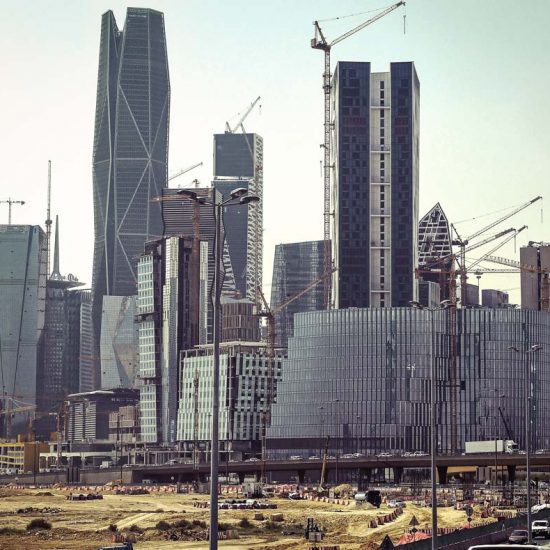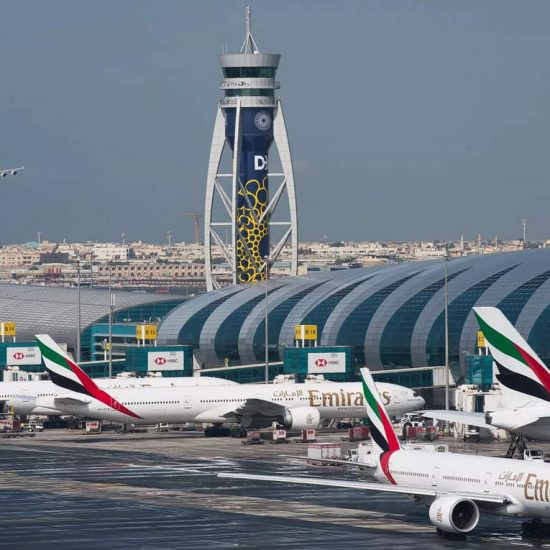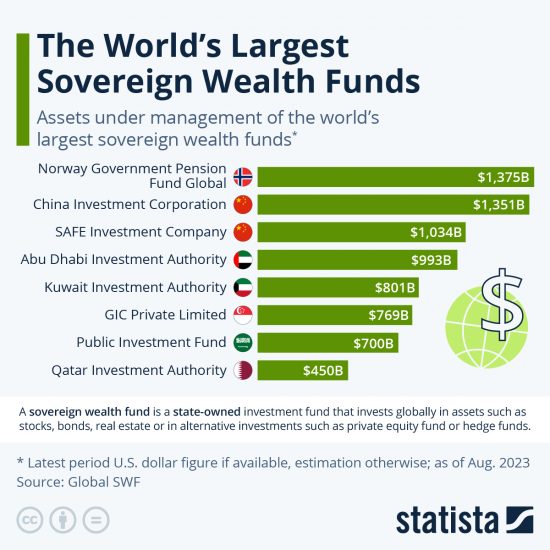Record trading of Dubai crude by two Chinese state companies this month on a decades-old oil pricing system has pushed the benchmark higher, even as other grades are being pressed lower by a global glut.
The strong Dubai trade has forced Middle East producers to raise official selling prices (OSPs), driving Asian buyers to seek cheaper oil elsewhere or cut refinery runs due to low margins.
Chinaoil and Unipec, trading units of PetroChina and Sinopec, respectively, traded record volumes of crude in early August on pricing agency Platts’ market assessment process. This pushed up prompt physical Dubai prices against future months, creating a backwardated market structure usually associated with supply shortages.
In contrast, a global oil glut has kept Brent and West Texas Intermediate (WTI) crude futures in contango this year, and most analysts see the surplus lasting well into next year.
“Platts should be seriously concerned as I am sure they want a fair market price, and the Dubai market now seems to become dysfunctional,” said Oystein Berentsen, managing director of crude oil at Singapore-based Strong Petrochemical.
Higher Dubai-linked crude prices and lower oil product values squeezed refining margins in July to the lowest since October 2014 DUB-SIN-REF-MA, forcing some Asian refiners to cut output.
A Platts spokesman said the company “is confident in its Dubai price assessment methodology and its ability to produce a price assessment reflective of true market value.”
ADVANTAGE: BUYER
Critics of Platts’ Market-on-Close (MoC) process for Dubai crude say the problem is that it is easier and less risky for buyers to participate in the market than it is for sellers.
The MoC requires delivery of a 500,000-barrel cargo for every 20 Dubai trading lots sold to a single counterparty. That means sellers have to hold oil at one of the approved loading points to participate in the market – with the risk in any month that barrels may go unsold if no single buyer agrees to take enough partials to make up a loading.
Thus, there are often more buyers than sellers, and that can push the market higher relative to market fundamentals.
“If the large positions taken by Chinese state companies are occasionally distorting the market, Middle East producers may have difficulties pricing their crudes competitively,” energy consultancy FGE said in a note.
Supply has also become an issue. Dubai, Oman and Upper Zakum are approved for delivery against the Dubai MoC, but this month Chinaoil bought 10 percent of the total available monthly volume in one day, giving rise to worries that prices would be pushed even higher as barrels dried up.
BENCHMARK REVIEW?
Price markers have sometimes been reviewed due to moves seen to be erratic. Top crude exporter Saudi Arabia in 2010, unhappy about what it said were undervalued assessments, switched to the Argus Sour Crude Index – away from Platts’ WTI assessments – to price exports to the United States.
Sources at Gulf oil companies, though, said there are currently no calls for a review of the Dubai benchmark.
Some refiners say if Dubai continues to run high, they may act on their own.
“If Dubai, Oman continue to rise … then we will shift to processing more Brent-related crude,” said Hindustan Petroleum Corp Ltd’s refinery chief B.K. Namdeo.
And while some producers have suggested refiners need to get involved in MoC trading, most small- to medium-sized oil processors aren’t set up for that type of trading commitment.
A unit of India’s largest refiner Reliance Industries joined the Dubai MoC process this month, for instance, selling it first full cargo on Aug. 17, traders said.
But other refiners said they are no match for the Chinese or others with deep pockets.
“The Chinese are too powerful in this game,” a trader with an Asian refiner said.
Platts, part of McGraw Hill Financial Inc, competes with Thomson Reuters in providing information to the energy markets. Reuters








